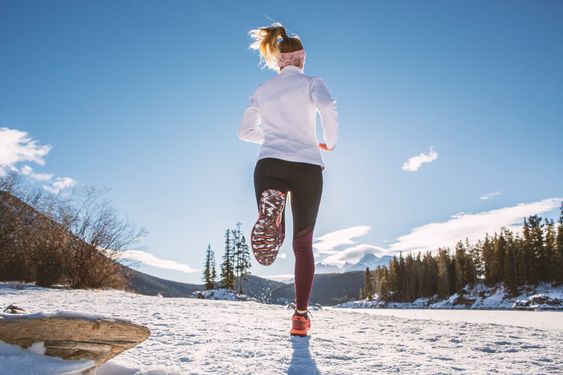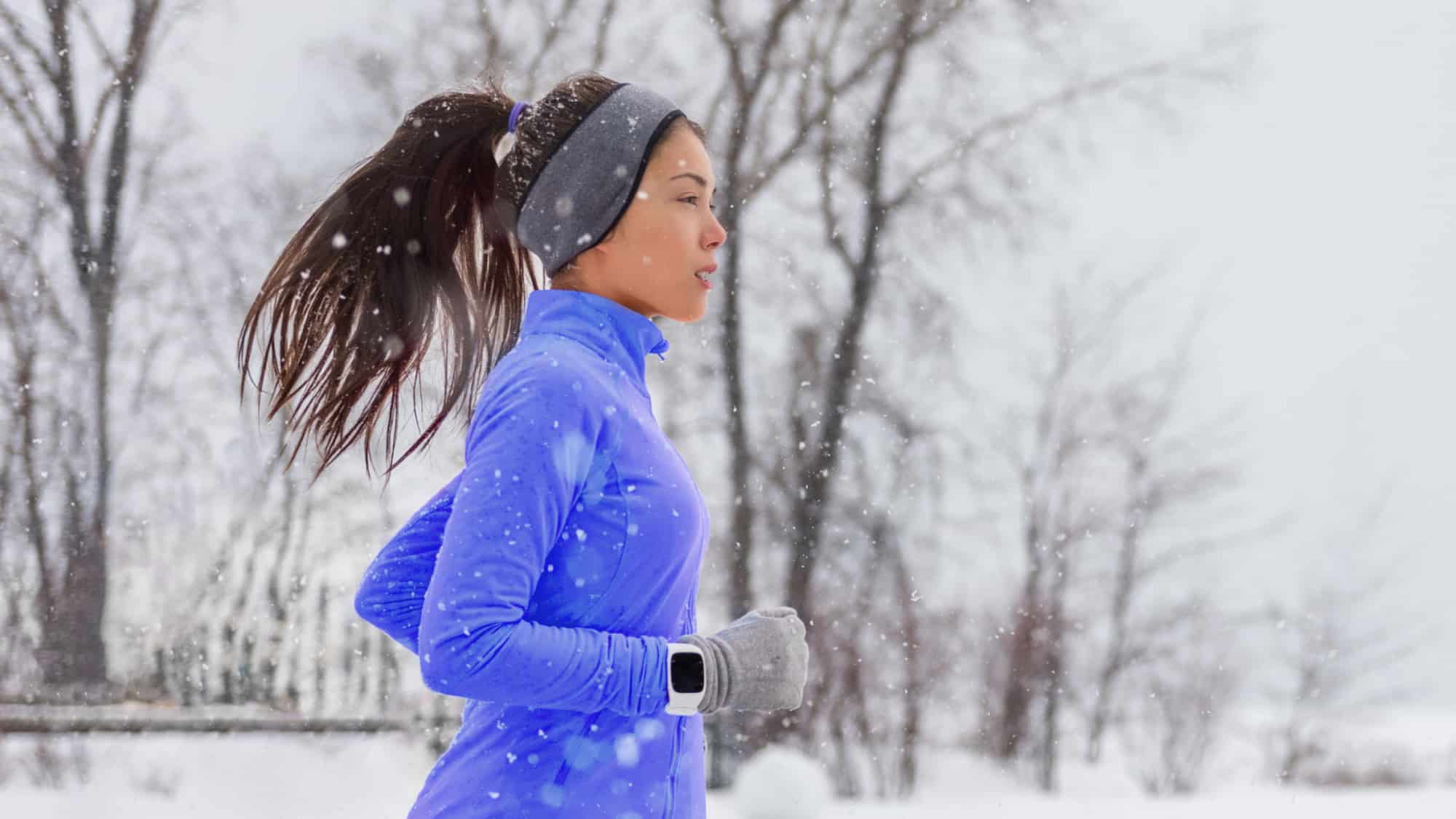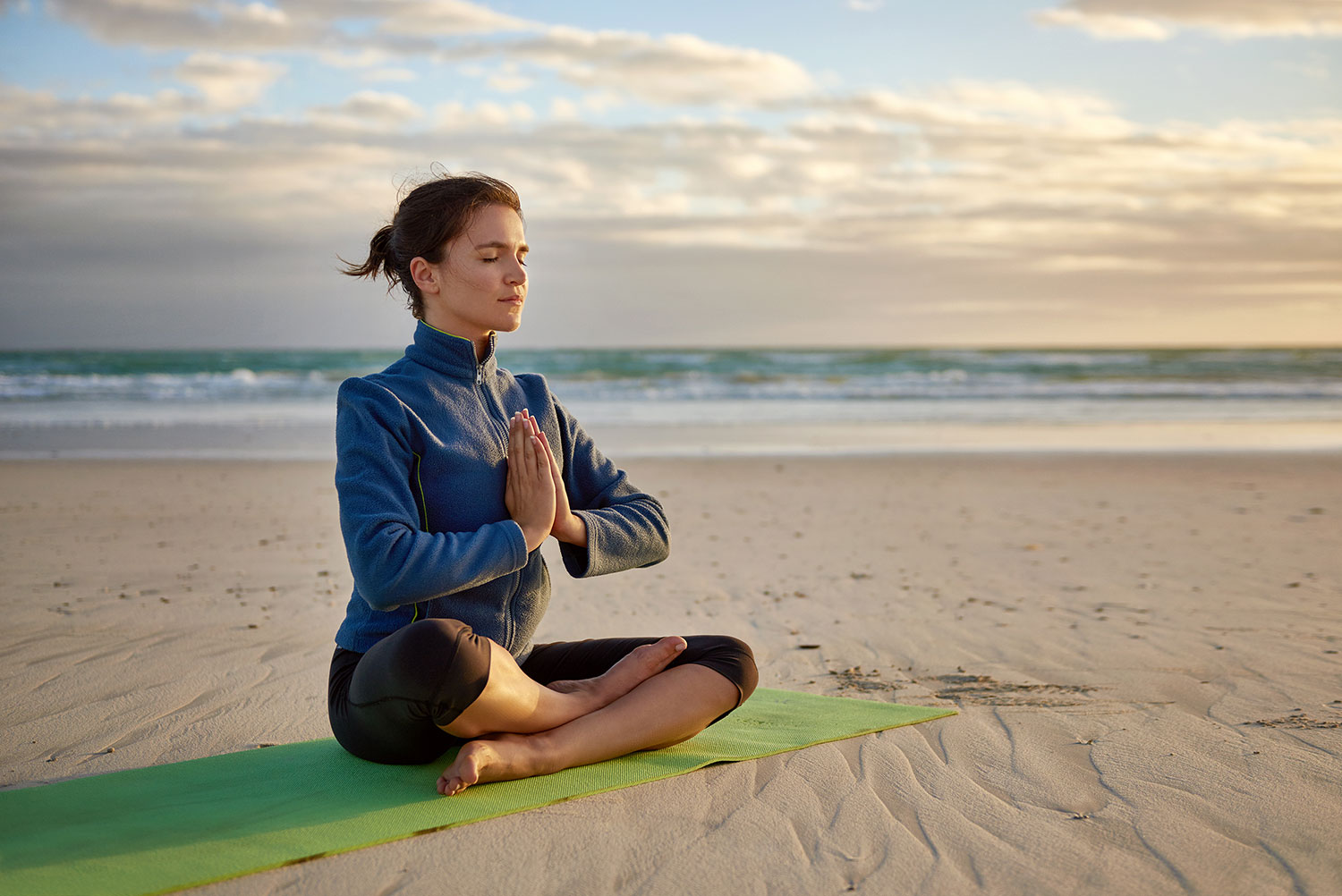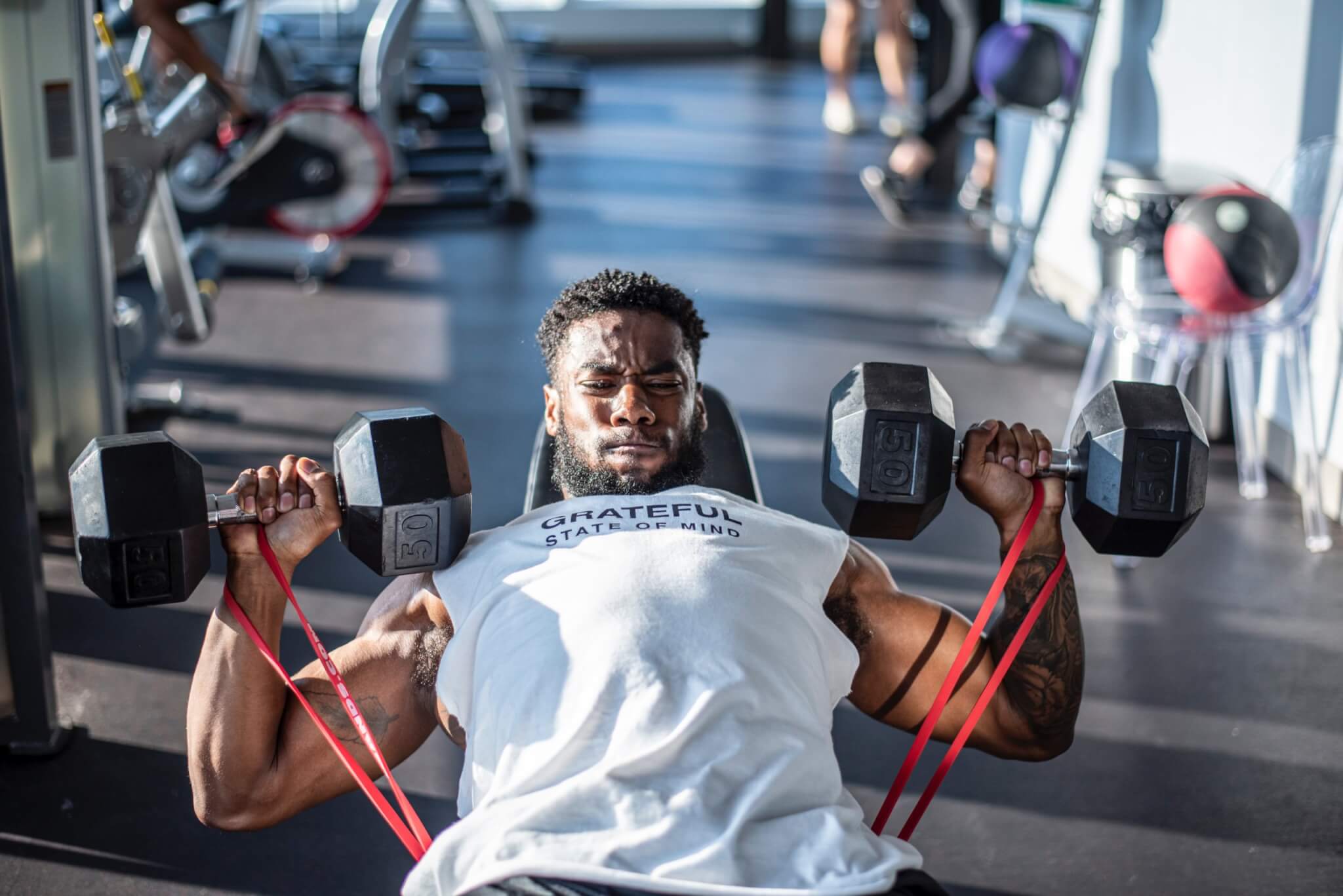Running in winter can seem daunting, but it offers unique benefits that can improve your overall health and fitness. Engaging in outdoor runs when temperatures drop can enhance your cardiovascular health, boost your mood, and even strengthen your immune system. Cold air forces your body to work harder, which can lead to increased calorie burn and better oxygen uptake.
With the right preparation and gear, you can safely enjoy running in winter conditions. Understanding how to dress for the weather and adjusting your running technique can make all the difference. As you adapt to cooler temperatures, you might find that winter running not only keeps you fit but also brightens your spirits during the darker months.
If you’ve been hesitant to step outside for your runs when it’s cold, now is the perfect time to give it a try. You may discover that winter running can be more enjoyable and rewarding than you expected.
Key Takeaways
- Cold weather running enhances cardiovascular fitness and mood.
- Proper preparation and gear are essential for safety.
- Adapting your technique can improve your running experience in winter.
Benefits of Cold Weather Running
Running in cold weather offers several advantages for your body and mind. Here are some key benefits:
- Improved Mood: Cold weather running increases the release of endorphins and serotonin. This boost can help you experience a runner’s high, making you feel happier and less stressed.
- Stronger Immune System: Exposure to moderate cold can enhance your immune response. This helps lower your chances of getting sick during winter months.
- Better Body Composition: Cold temperatures can stimulate thermogenesis, a process where your body burns calories to stay warm. This can help you maintain a healthy weight.
- Enhanced Oxygen Uptake: Cold air improves oxygenation. You may find it easier to breathe deeply, which can enhance your running performance.
- Increased Calorie Burn: Running in the cold can lead to higher calorie expenditure. Your body works harder to maintain its temperature, which can aid in weight management.
- Activation of Brown Fat: Cold exposure can activate brown fat, a type of fat that burns calories to generate heat. This can contribute to better metabolism.
These benefits show that running in winter can be good for both your physical health and mental well-being. Enjoy the fresh air and the positive effects it can bring to your fitness routine.
Preparing for Winter Runs
When preparing for winter runs, it’s crucial to choose the right gear, layer your clothing effectively, and select proper footwear. These steps will help keep you comfortable and safe during your runs in colder conditions.
Appropriate Running Gear
Selecting the right running gear is essential for comfort and performance in winter weather. Start with a base layer made of moisture-wicking fabric. This type of material helps keep sweat away from your skin, which is vital in cold weather.
Next, consider a thermal layer to provide warmth. Look for options that balance heat retention and breathability. Your outer layer should be windproof and waterproof to protect against harsh elements.
Don’t forget accessories like gloves, hats, and neck gaiters. Keeping extremities warm is just as important as protecting your core.
Layering Strategies
Layering is key to staying warm without overheating. Begin with a snug-fitting base layer that maintains warmth while managing moisture. Choose a long-sleeve shirt or thermal top for extra heat.
For your middle layer, opt for a fleece or lightweight sweater. This layer should trap heat but still allow for airflow. Use an outer shell that is both insulated and breathable. Adjustable features like vents can help manage your temperature.
As you layer, make sure each piece allows for movement. Fit is important for comfort and efficiency while running in winter weather.
Choosing the Right Footwear
Footwear is another vital consideration for winter running. Select running shoes designed for cold conditions. Look for shoes with good traction to handle slippery surfaces.
You might also consider using water-resistant shoes to keep your feet dry. Adding a pair of thin, moisture-wicking socks will help manage sweat and prevent blisters.
For added warmth, consider using shoe covers or thick socks as long as they don’t restrict blood circulation. This will help avoid cold feet during your run.


Health and Safety Considerations
When running in winter, it’s essential to consider the effects of cold air on your body, keep hydrated, and manage vitamin D levels. These factors can significantly impact your health and running experience.
Navigating Cold Air and Temperature
Cold air can affect your lungs while running. Breathing in frigid air might feel uncomfortable at first. You can reduce this by using a scarf or a mask to warm the air before it enters your lungs.
Dress in layers to regulate your body temperature. Start with moisture-wicking materials to keep sweat away from your skin. Add insulation layers and finish with a wind-resistant outer layer.
Pay attention to the wind chill. It can make temperatures feel much colder. If conditions are too harsh, consider indoor workouts instead. Listen to your body and adjust your pace to avoid injury.
Maintaining Hydration
It’s easy to overlook hydration in winter. Cold weather can mask feelings of thirst, but your body still needs fluids. Aim to drink water before, during, and after your run.
Keep a water bottle handy, even if you don’t feel thirsty. Cold air can also cause dehydration because it’s drier than warmer air. Monitor your urine color; pale yellow indicates good hydration.
If you’re running for more than an hour, consider a sports drink that replaces electrolytes lost through sweat. Staying hydrated supports muscle function and helps prevent cramps during your run.
Vitamin D and Seasonal Affective Disorder
Winter can lower vitamin D levels due to reduced sunlight. This vitamin is essential for bone health and mood regulation. To maintain adequate levels, seek sunlight when possible, especially during midday.
In addition, consider vitamin D supplements if you spend long hours indoors. This can help stave off Seasonal Affective Disorder (SAD), characterized by fatigue and low mood during winter.
Exercise, including running, can also help combat SAD by releasing endorphins. Pair regular runs with outdoor activities to maximize sun exposure and support your mental health during the cold months.
Running Technique in Cold Conditions
When running in cold weather, adjusting your running technique can help you stay comfortable and safe. Here are some key tips to consider:
- Warm Up Thoroughly: Begin with a longer warm-up. Cold muscles need more time to loosen up. Dynamic stretches and light jogging can prepare your body.
- Shorten Your Stride: In cold conditions, it’s often better to take shorter, quicker steps. This reduces the risk of slipping on icy surfaces and helps maintain balance.
- Maintain Posture: Keep an upright posture. This not only helps with balance but also allows for better breathing in the cold air.
- Adjust Your Breathing: Cold air can feel harsh on your lungs. Breathe in through your nose if possible. This warms the air before it reaches your lungs.
- Use Proper Footwear: Choose shoes with good traction to avoid slipping. Trail running shoes can provide added grip on icy paths.
- Dress in Layers: Wearing multiple layers helps trap heat while allowing you to remove clothing as needed. Start with a moisture-wicking base layer, add an insulating layer, and finish with a windproof outer layer.
By keeping these techniques in mind, you can enjoy running in cold weather while minimizing discomfort and injury.
Comparative Analysis: Winter vs. Warm Weather Running
Running in winter and warm weather both have unique benefits and challenges. Understanding these can help you decide what works best for you.
Weather Conditions
- Winter: Cold temperatures can strengthen your lungs and improve endurance. Dressing properly is essential. Waterproof jackets and thermal layers can keep you warm and dry.
- Warm Weather: You may find it easier to run without heavy clothing. However, heat can lead to dehydration. Staying hydrated is crucial.
Surface Differences
- Winter: Snow and ice can create slippery conditions. This may require shoes with better grip for safety.
- Warm Weather: You typically run on dry surfaces. This can provide better traction, letting you maintain a consistent pace.
Mental Effects
- Winter: Running in crisp air can be refreshing. It may also boost your mood during darker months.
- Warm Weather: Bright, sunny days can lift your spirits. You might feel more motivated to run in pleasant weather.
Body Response
- Winter: Your body works harder to stay warm. This can lead to a higher calorie burn during your runs.
- Warm Weather: Your body may sweat more to cool down, which also uses energy. It’s vital to manage your hydration during these runs.
Both winter and warm weather running can be beneficial. Choose what fits your environment and personal preference best.





